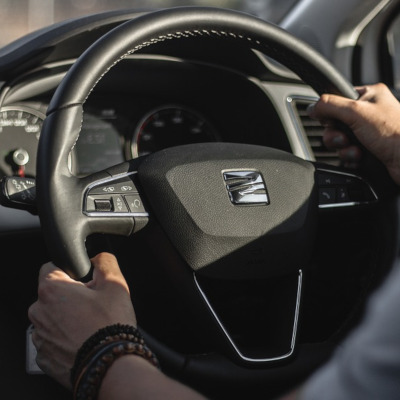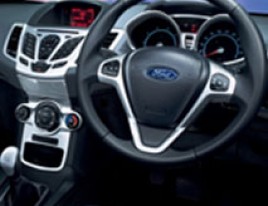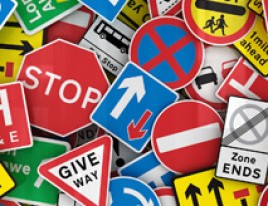
Driving Tutorials | Clutch Control
Controlling the Clutch
The left hand pedal in a manual car operates the clutch. A car engine, even on tick-over, is constantly spinning. When the clutch pedal is pressed down it disconnects the engine from the wheels, this lets the car stop without stalling the engine.
When the clutch is fully down it creates in effect a 'false neutral'.
If the car wheels were permanently linked to the engine, it wouldn't be possible to stop the car without the engine stalling. Without a clutch, it would also be very difficult for the car to move off from a stationary position. A clutch also enables you to change gear.
The clutch consists of a pair of friction plates which are pulled apart when the clutch pedal is pressed down. As you let the clutch pedal up, the two plates touch and the drive starts to be transmitted to the wheels. This is termed ‘the biting point’.
The further you release the clutch pedal the more drive is transmitted.
Once the clutch pedal is fully released the clutch plates lock together and all the drive from the engine is delivered to the wheels.
When you hold the pedal so the clutch is only half engaged it is called ‘slipping the clutch’ or ‘clutch control’. Clutch control is useful when you want to drive very slowly for instance, when carrying out a low speed maneuver but you should take care not to slip the clutch for too long or premature wear to the clutch plates will result.
Never rest your foot on the clutch pedal whilst you are driving as this causes unnecessary wear to the clutch mechanism.
Most people panic with the clutch when on a hill. Hold the clutch at a biting point to prevent the car from rolling back. If you get a slight roll back try not to panic but just ease the clutch up a little further. This will stop the car from rolling back.
Always pause at the 'biting point' then fetch the clutch up slowly. On a hill the same applies but with more 'gas' to give the engine more power.
Most 'stalls' are caused by fetching the clutch up too quickly, or by coming off the gas as the clutch comes up.
Clutch control for maneuvers needs to be very sympathetic to keep the car slow. As you find the biting point, dip the clutch a little, about the thickness of a pound coin, then fetch the clutch up to the biting point again.
Repeating this procedure is needed to prevent the car going too fast, and it will keep the car at a slow speed and under control.






